Stewart!
It would seem to be a simple weld repair.
Removing and replacing the "squish" pipe does not require surgery!
The frame inspection procedure from the rigid model manual applies quite well to swingarm models as well. The most difficult aspect is to do the math to make whatever straightedges you come up with can be corrected to the strange sizes in the book.
The whole idea is to "sweep" a straightedge (usually rod stock) in the headstock with a long one braced between a vertical stuck in a transmission mount, and held against the seatpost member. The straightedge (often conduit or an 8' fluorescent bulb) must not actually contact the headstock straightedge, because the distance between them shows their alignment.
The skew of the axle plane and other points can usually be visually judged with long rods placed within them, and massaging (cold) to straight only takes patience, and threaded rod, screwpresses, and other primitive means.
Even if you choose to send it off, your inspection will at least give the servicepersons some idea of what he is dealing with when you contact them.
And my shop currently offers carburetor and manifold services only, as common catalog hardware must often be corrected, and the rest of my inventory was either custom-cut, or commissioned to support my services.
(We are not accepting head or frame work either. I am still looking for someone to take over!)
....Cotten
It would seem to be a simple weld repair.
Removing and replacing the "squish" pipe does not require surgery!
The frame inspection procedure from the rigid model manual applies quite well to swingarm models as well. The most difficult aspect is to do the math to make whatever straightedges you come up with can be corrected to the strange sizes in the book.
The whole idea is to "sweep" a straightedge (usually rod stock) in the headstock with a long one braced between a vertical stuck in a transmission mount, and held against the seatpost member. The straightedge (often conduit or an 8' fluorescent bulb) must not actually contact the headstock straightedge, because the distance between them shows their alignment.
The skew of the axle plane and other points can usually be visually judged with long rods placed within them, and massaging (cold) to straight only takes patience, and threaded rod, screwpresses, and other primitive means.
Even if you choose to send it off, your inspection will at least give the servicepersons some idea of what he is dealing with when you contact them.
And my shop currently offers carburetor and manifold services only, as common catalog hardware must often be corrected, and the rest of my inventory was either custom-cut, or commissioned to support my services.
(We are not accepting head or frame work either. I am still looking for someone to take over!)
....Cotten
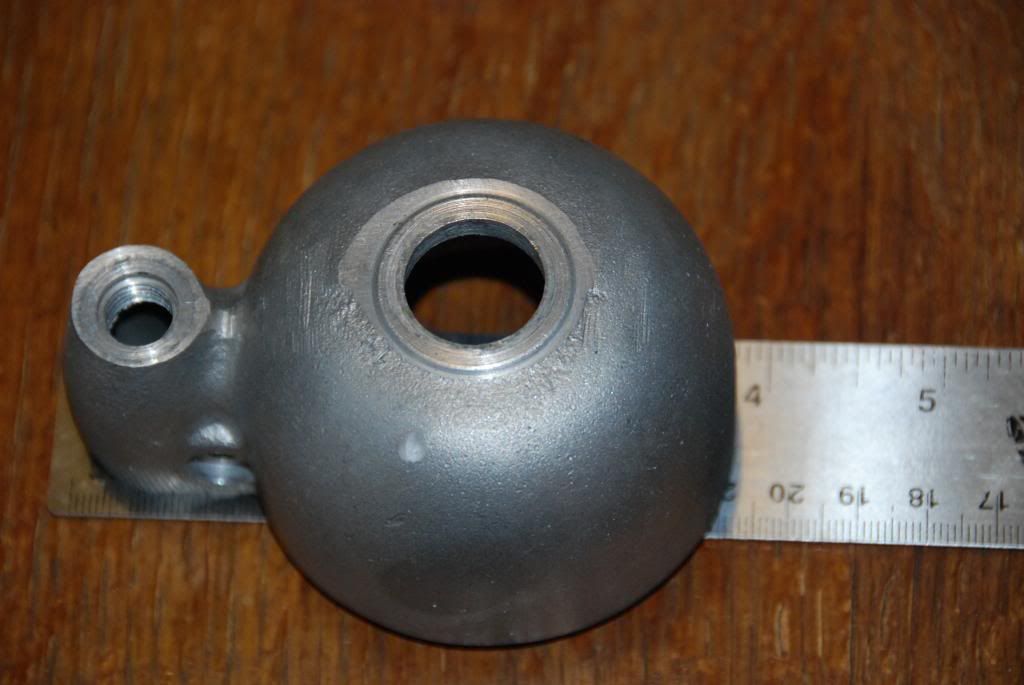
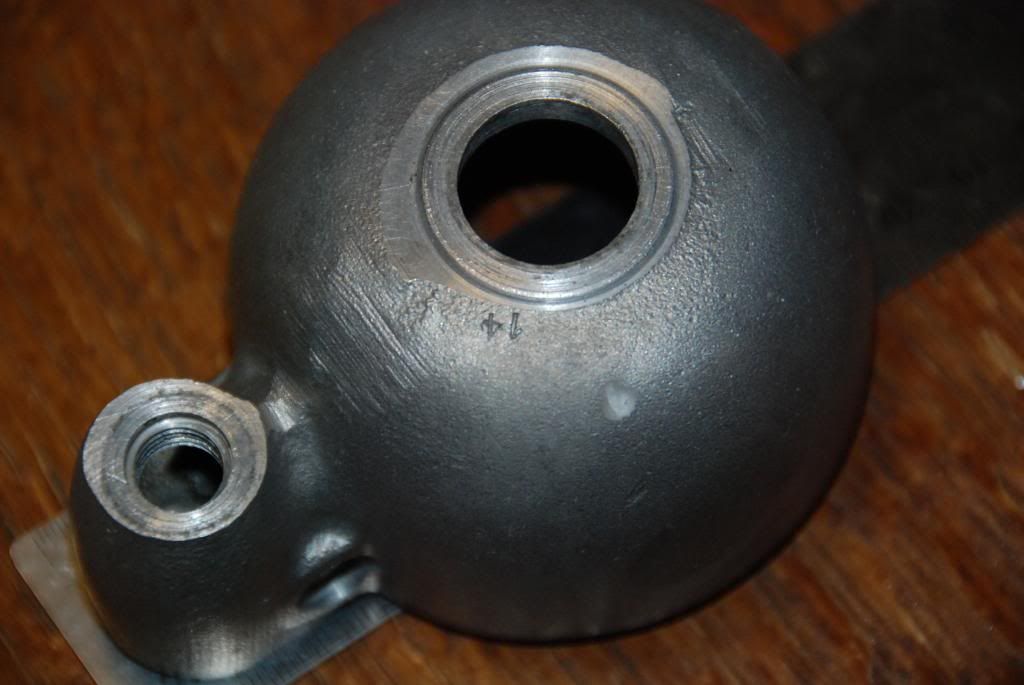
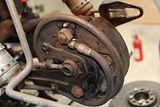
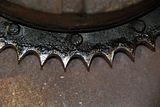
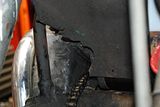
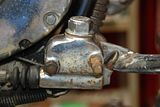
Comment